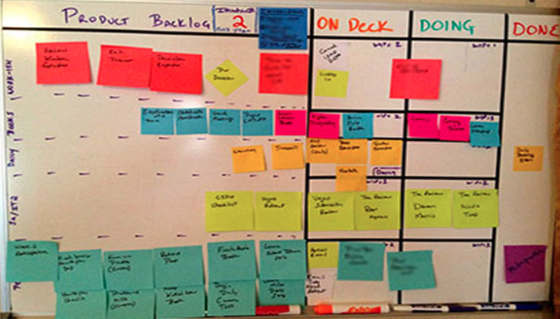PM Jargons:- Agile - Scrum - Kanban
12 Oct 2014
. category:
product-management
.
Comments
#entrepreneurship
#startups
Everyone who had software engineering course during their undergraduate must have heard waterfall model and agile methodology.
Today, we will recap agile methodology as it’s followed very seriously in most of the industries today and in my company too.
By the way, did you know that I was awarded best individual award during my internship in China? Following agile was one of the reasons for that award. 🏅
Agile Methodology
Say we have listed ten features to include in our product, then as a PM we need to prioritize the necessary ones and take some top 3 of it or so. Then build those 3, collect feedback and iterate. This kind of approach is always safe, so we don’t deviate from what customers need and create something wrong.
Scrum
It is a framework to follow the agile methodology. Below are three major items of the -
1. Sprint planning:
To stay focused and get things done, we need to set timelines for ourselves. So we plan what everyone shall do for the next two weeks and set goals for ourselves, this two weeks phase is called as a sprint. So sprint planning meeting is held to decide what as a team everyone works for the next two weeks. We take user stories (features) from product backlog and assign them to the upcoming sprint. From there on, once the A wireframe starts we keep moving it from To-do > In-Progress > QA > Done stages.
Below photo should help you understand what I mean:

The above one is known as kanban board.
Product Backlog is a stack of all ideas/feature requests. If it is a feature then mostly it would have come from customers or if an idea then it could have come from other teams such as marketing/customer success or even from founders all based on metrics to optimize results.
2. Standup Meeting:
Once the sprint starts, the complete team will meet for 10 minutes every day in the morning to discuss if there are any road blockers and get quick updates. So everyone tells about their work status last day, what they will do today and what they planned for tomorrow, this helps us as a PM to identify if they need any collaboration from any other resource.
3. Retrospective meeting:
At the end of every sprint and before we plan next sprint, we need to do the postmortem of finished sprint. In this session, we talk about what went well in the sprint, if we have met goals or not. It is a crucial meeting because we learn if we overestimated anything, didn’t foresee any problems we faced during the sprint and so on such that next sprint is planned properly and helps us align more towards the product goals.
Its really fun and efficient way of doing things as a team.
